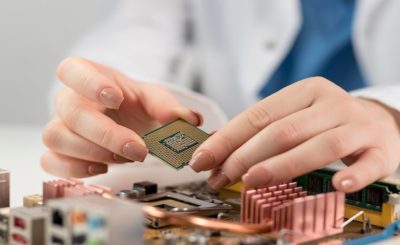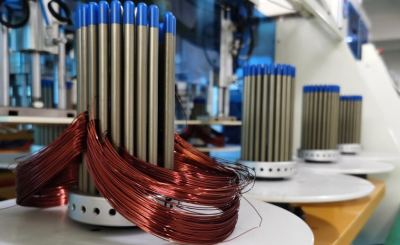Having a good radio and a decent antenna is only part of the equation when it comes to putting out a solid signal on the eleven-meter CB band. Operators need certain pieces of test equipment so that they can spot problems and prevent the loss of high-frequency radio energy. That’s why the average CBer’s rig shack is lined with rows of dials and meters that are all designed to help the owner figure out why other stations can’t hear them as well as they should.
Specialists from firms like CB Radio Supply have put together entire collections of accessories that can dramatically improve two-way signal-to-noise ratios. It’s easy to get confused by the multitude of options, so it makes sense to take a closer look at what all of these devices do.
Meters and Measurement Tools
Resolving a single impedance mismatch can potentially boost signal strength the same amount as doubling or even tripling the output power of a transmitter. Standing wave ratio meters are used to check the impedance between the antenna jack on the back of a CB rig and the cable coming into it. Users simply have to tweak the wires on the other end while watching the SWR meter to get a better match. Excessive high-frequency pulses can damage the finals of a commercial-grade transmitter, thus making this a vital tool for all CBers. Power supplies and their related dials will also help to alert users of potential overloads.
Since ten-meter ham radios operate on wavelengths that are very close to those used by CBs, they’re normally compatible with the same test equipment. Radio amateurs may want to invest in a few of the following solutions as a result.
Useful Additions to a Wireless Room
Frequency counters are a great choice for those who have a dedicated wireless room since they ensure that all transmissions remain on the channel. These devices listen for an incoming signal and display the exact frequency that it’s on. For instance, a CBer operating on channel 13 should have a center frequency of 27,115 kilohertz. If something were wrong, then the frequency counter would have a different value.
Embedded radio frequency meters usually come built into the front of many CB and ham sets. These can help operators estimate the total amount of reflected power at any given time. When these meters wear out, they can be replaced by sliding a new dial into the existing slot. Ultra high-frequency operators, such as those who often find themselves on the 70-centimeter ham band, may want to invest in a dedicated solution that is specifically designed for use on shorter wavelengths.
Stocking Up on CB Supplies
Though it’s important to have a collection of test gear, this kind of equipment is only half of what an operator needs in their shack or truck. The experts at CB Radio Supply have put together a professional collection of test gear, accessories, antennas, transceivers, and even mounting brackets. Visit their site for more information about what it takes to get on the airwaves.







